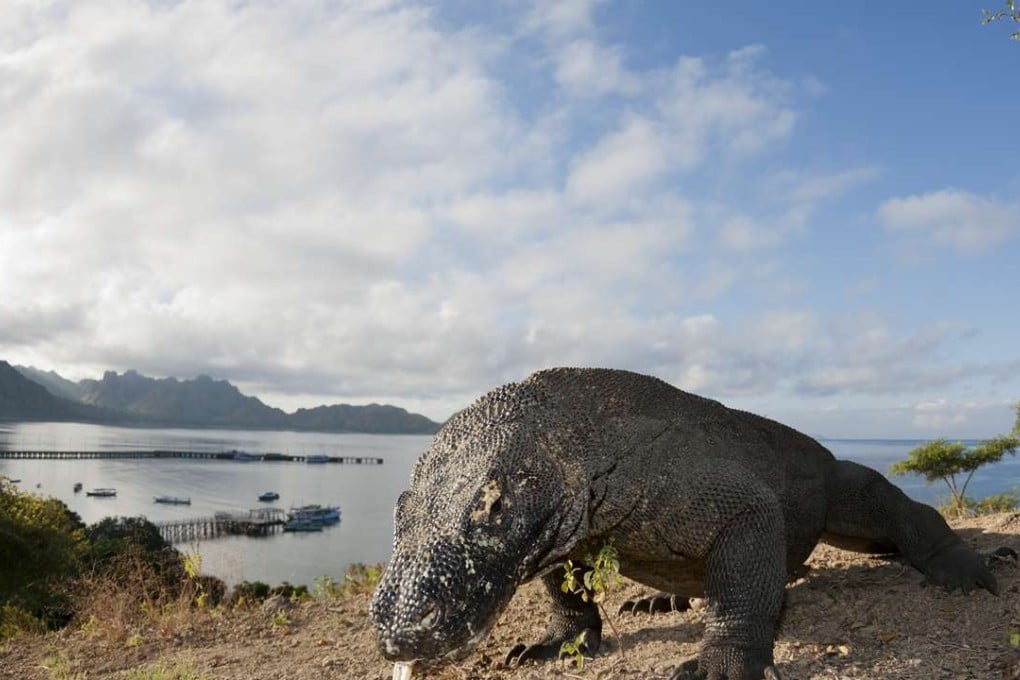What a flood of extra tourists means for Indonesia’s Komodo dragon
The Unesco-protected habitat of the world’s largest lizards, the Komodo national park, could be inundated with visitors after a tenfold increase in the nearest airport’s capacity

The first Komodo dragon I saw in the wild was a gorgeous adult female, blocking the trail like a two-metre-long sentinel in Indonesia’s Komodo national park.
For a moment, in my awed mind, she was a mythical dragon demanding payment for passage. But this thought was quickly scuttled as two tourists raced in front to capture a selfie with the apex predator. The agitated dragon ran off into the underbrush – they were lucky she didn’t run the other way and bite off one of their legs. I’d travelled thousands of miles to see a Komodo dragon and it had just been scared away by reckless travellers.

READ MORE: Are you contributing to animal abuse? Attractions to avoid on your next holiday
The world’s largest lizard, the Komodo dragon is arguably Indonesia’s best-conserved large animal. Protected under Indonesian law, the population is relatively stable, with around 2,500 animals in the park and another 2,000 on larger Flores island, though this population faces habitat loss. Meanwhile, Indonesia’s populations of orangutans, tigers, elephants and rhinos continue to plummet as rainforest is destroyed for palm oil, mining, timber and paper industries.

READ MORE: Indonesian cruise is a luxe look at animals both touching and terrifying but all in trouble
He also warned that if tourism gets out of control, the demand for new infrastructure could cut into the dragon’s already limited habitat. At present, less than 10 per cent of the national park is actually open to the public, so many of the dragons are able to live out their lives without ever running into a selfie taker.
